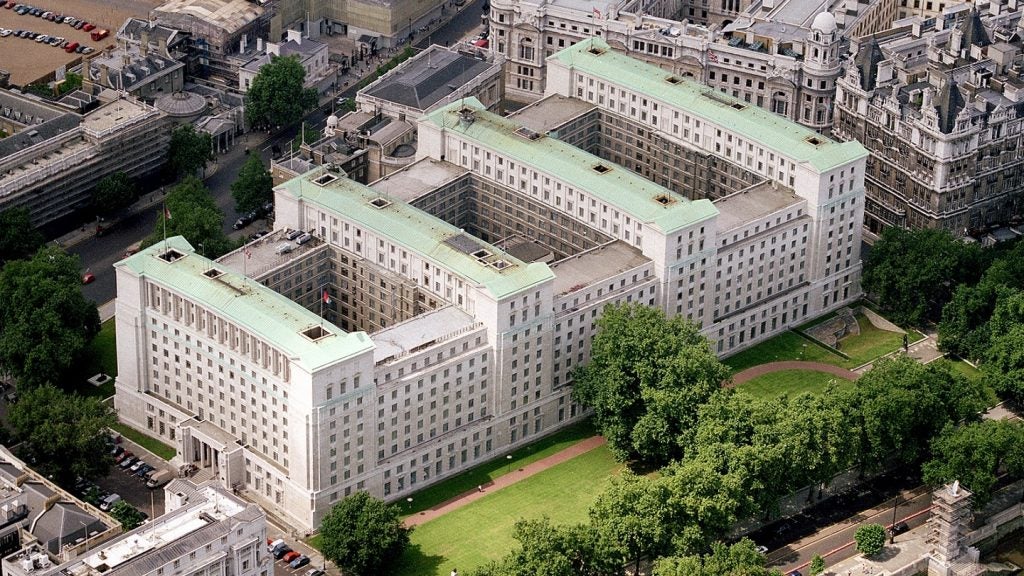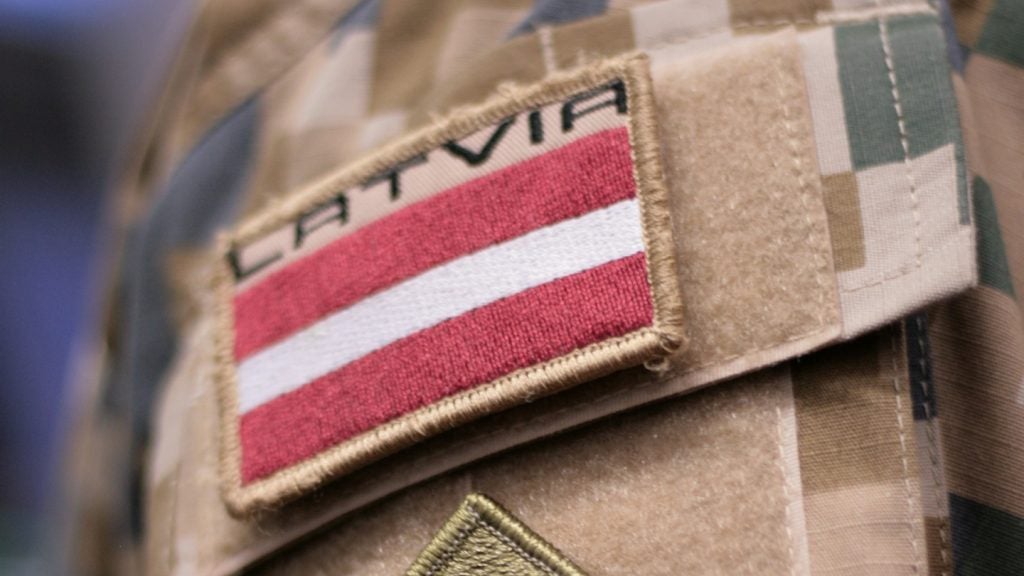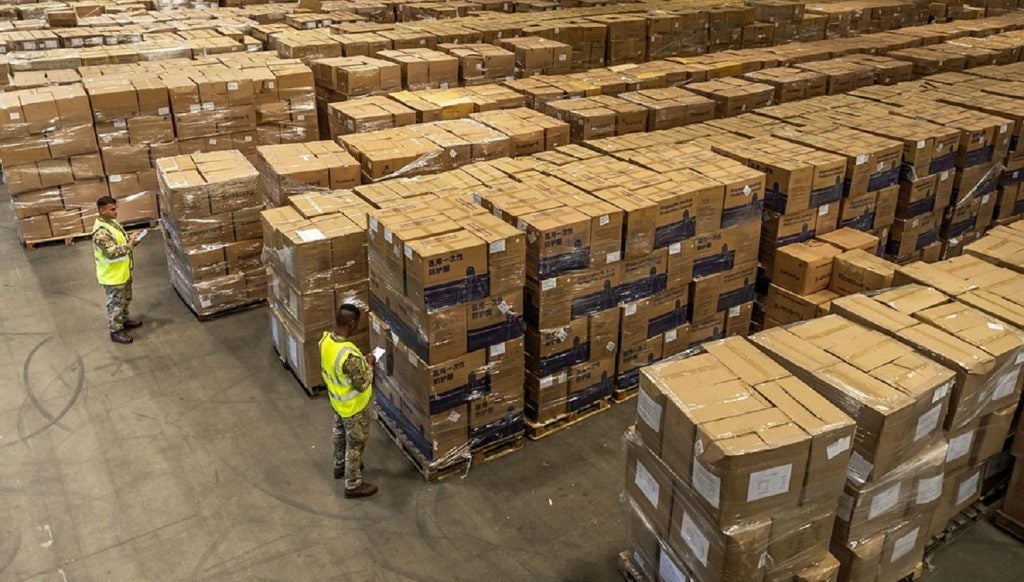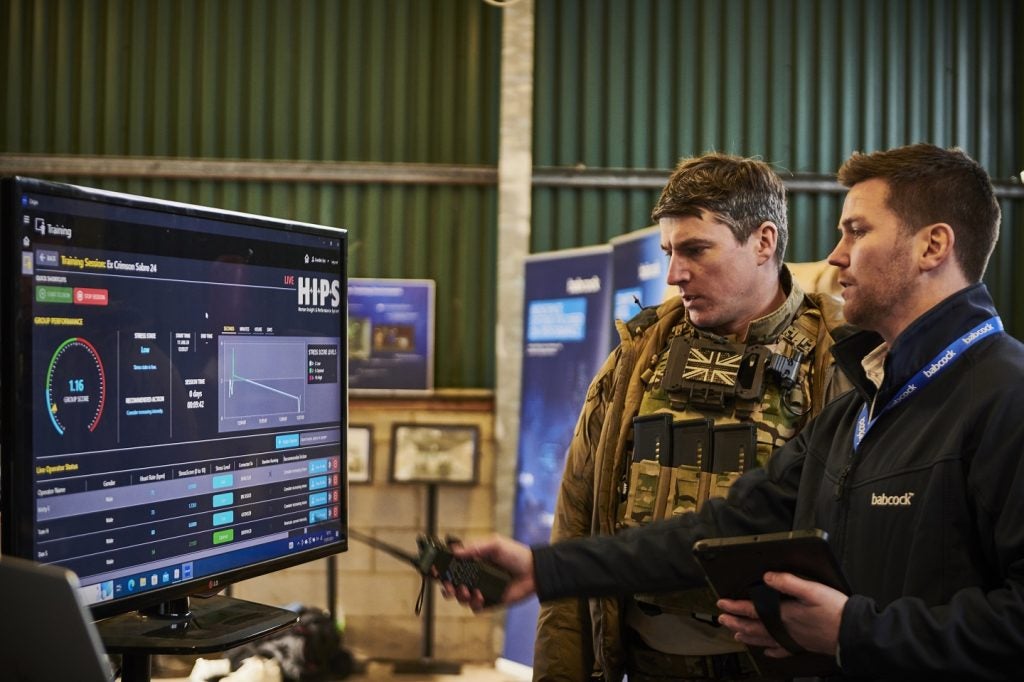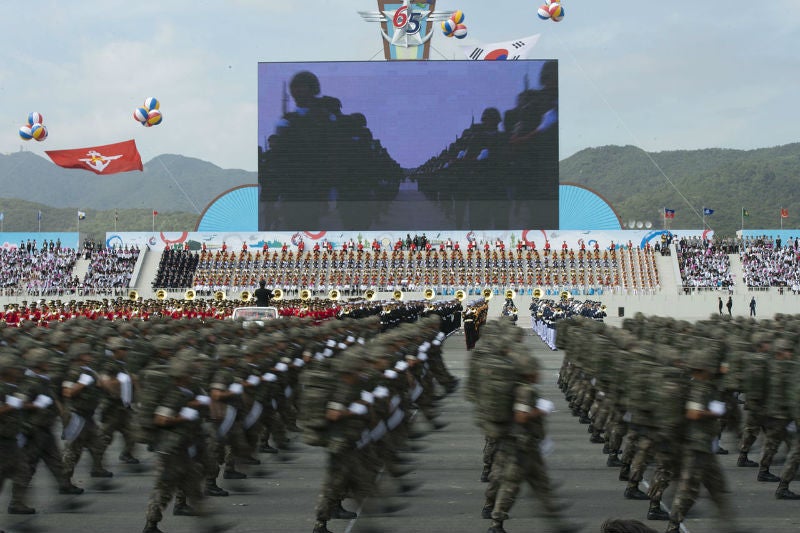
According to the defence ministry, South Korean defence spending will increase by an aggregate of KRW270.7tr ($241.9bn) over the next five years to 2023.
The Ministry of National Defence announced on Friday that, in order to expand “independent capabilities to counter threats from all directions”, the government plans to spend KRW94.1tr on improving defence capabilities and the remaining KRW176.6 on the management of troops, upgrading equipment and improving facilities over the period.
A ministry spokesperson said: “The ministry has decided to focus on building independent defence capabilities while reasonably adjusting the force management cost by redesigning the personnel management structure and enhancing operational efficiency.”
Under the five-year plan, annual average defence spending is set to increase by around 7.5%. The details of the blueprint state that spending, which currently stands at KRW46.7tr for 2019; will increase to KRW50.3tr in 2020; KRW54.1tr in 2021; KRW57.8tr in 2022; and finally, KRW61.8tr in 2023.
The 7.5% average annual rise is higher than the previous average of 4.9% experienced over the last decade. This also includes a 10.8% rise in average defence capabilities spending and a 5.8% rise for force management.
How well do you really know your competitors?
Access the most comprehensive Company Profiles on the market, powered by GlobalData. Save hours of research. Gain competitive edge.

Thank you!
Your download email will arrive shortly
Not ready to buy yet? Download a free sample
We are confident about the unique quality of our Company Profiles. However, we want you to make the most beneficial decision for your business, so we offer a free sample that you can download by submitting the below form
By GlobalDataOf the total aggregate spending, the ministry said that KRW65.6tr will be used for a variety of projects over the next five years including counter-measures to combat nuclear arms threats and weapons of mass destruction (WMDs) from North Korea.
To achieve this, South Korea will be investing in surveillance equipment, such as military satellites, medium and high-altitude drones and long-range, air-to-surface guided missiles. The ministry will also aim to implement a new missile defence programme using early warning radars and Cheolmae II interceptors, which can shoot down incoming projectiles at a height of up to 20km.
The Asia-Pacific arms race
The increased budget will help establish a more independent South Korean defence industry, and the ministry will be investing in its ability to lead wartime operations, by doubling counter-fire capabilities, using advanced counter-artillery radars and investing in 230mm-calibre multiple launch rockets.
The government will also introduce more South Korean-made destroyers and fighter jets equipped with Aegis technology and will invest KRW21.9tr for upgrading other high-tech weapons and defence systems.
With China, Australia and Japan ramping up defence spending in the Asia-Pacific region, and the political uncertainty of North Korea, South Korea’s defence spending plans could signify an elongated Asian arms race.
The five-year spending plan is subject to internal review by the Ministry of Economy and Finance, and after parliamentary approval.




